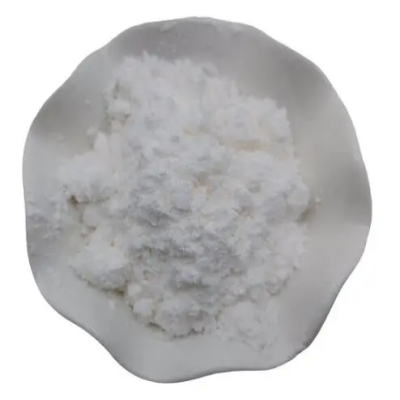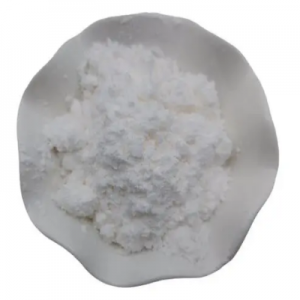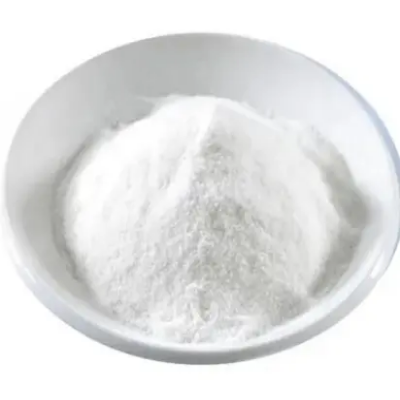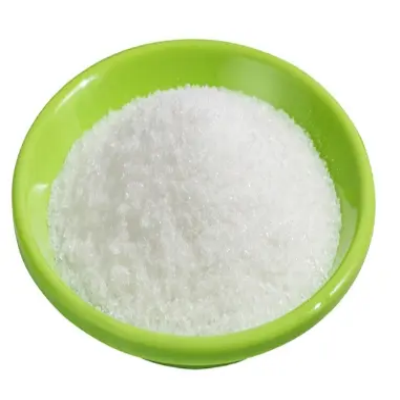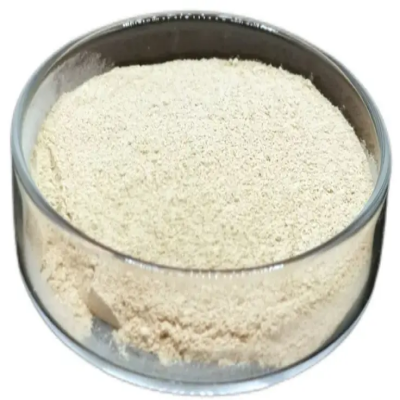3-Ethoxy-4-methoxybenzaldehyde CAS:1131-52-8
The structural characteristics of 3-ethoxy-4-methoxybenzaldehyde are notable: Aldehyde Group: Positioned on a benzene ring substituted with ethoxy and methoxy groups, influencing its chemical reactivity and potential for further functionalization. Ether and Methoxy Substituents: Enhance solubility and influence biological interactions through hydrogen bonding and electronic effects. Benzene Core: Provides aromatic stability and electronic properties that are crucial for its chemical behavior and reactivity. Chemical Applications This compound demonstrates broad utility in various chemical contexts: Organic Synthesis: Functions as an intermediate in the production of pharmaceuticals and fine chemicals due to its aldehyde functionality and aromatic structure. Flavor and Fragrance Industry: Used in the synthesis of aroma compounds, contributing to the creation of specific scents and flavors. Photographic Chemistry: Historical use in developing photographic emulsions, highlighting its role in light-sensitive applications. Pharmacological Potential Research into its pharmacological properties suggests several potential applications: Antioxidant Activity: Aromatic groups and methoxy substituents may confer antioxidant properties, valuable in mitigating oxidative stress-related conditions. Anti-inflammatory Effects: Methoxy and ethoxy groups can contribute to anti-inflammatory responses, making it a candidate for therapeutic interventions. Enzyme Inhibition: Potential for inhibiting key enzymes, affecting metabolic pathways and disease processes. Future Directions Future research directions for 3-ethoxy-4-methoxybenzaldehyde include: Structure-Activity Relationships: Exploring modifications to its structure to optimize pharmacological activities and specificity. Drug Development: Utilizing its chemical features to design novel therapeutics targeting specific diseases or biochemical pathways. Toxicological Studies: Comprehensive assessment of its safety profile and potential side effects for clinical applications and environmental impact. Conclusion In conclusion, 3-ethoxy-4-methoxybenzaldehyde plays a pivotal role in organic synthesis and medicinal chemistry, owing to its unique structural attributes and functional diversity. Its potential in drug discovery, fragrance synthesis, and other industrial applications underscores opportunities for innovation across multiple disciplines. Continued research into its synthesis methodologies, pharmacological effects, and broader applications promises to unlock further capabilities, solidifying its significance in modern chemical research and technological advancement.



| Composition | C10H12O3 |
| Assay | 99% |
| Appearance | white powder |
| CAS No. | 1131-52-8 |
| Packing | Small and bulk |
| Shelf Life | 2 years |
| Storage | Store in cool and dry area |
| Certification | ISO. |


